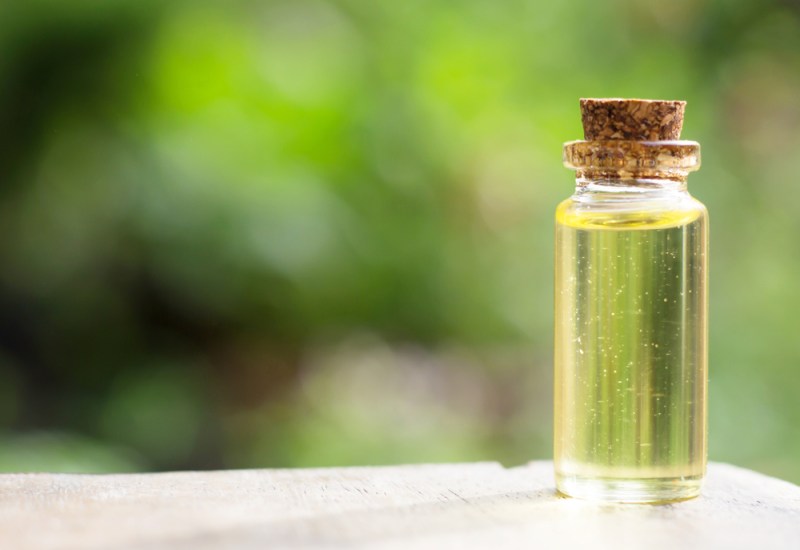There’s a new kid on the cannabis block. Like THC and CBD, CBG, or Cannabigerol, is one of the cannabis plant’s 100+ cannabinoids. CBG is similar to CBD in that it doesn’t have the psychoactive properties of THC.
Like other cannabinoids, CBG interacts with our body’s Endocannabinoid System (ECS). The body creates its own cannabinoids, called endocannabinoids, which latch on to the cannabinoid receptors, CB1 and CB2, to help maintain homeostasis. Our ECS uses endocannabinoids to help regulate appetite, pain, inflammation, muscle control, metabolism, sleep health, stress responses, motivation/reward, mood, memory, and more. The ECS’s CB1 receptors help regulate the body’s nervous system, while CB2 receptors are more associated with inflammation.

Plant-derived cannabinoids found in cannabis flowers such as THC, CBD, and CBG, are referred to as phytocannabinoids. CBG may be lesser-known because it is not present in large quantities in most strains. According to Leafly, breeders are cross-breeding cannabis plants to produce more of the chemical compound, while scientists are figuring out the best time to extract to get the highest yields of CBG is about 6-8 weeks.
Potential Benefits
More research and clinical studies are needed, but early studies show that this non-psychotropic cannabinoid’s anti-inflammatory and antibacterial properties have a promising wide range of potential applications.

CBG decreased inflammation in mice with inflammatory bowel disease, which is good news for those suffering from ulcerative colitis or Crohn’s disease. A 2015 study found that CBG acted as an “extremely active neuroprotectant” in mice with Huntington’s disease, an inherited and incurable brain disease in which nerve cells in the brain break down over time. It’s even been shown to have cancer-fighting properties. A 2014 study found CBG hampers colon cancer progression in mice.
CBG acts as a GABA reuptake inhibitor, which means it could potentially decrease anxiety. It’s also thought to help regulate mood by boosting the body’s “bliss” molecule, anandamide. Like THC, it’s an effective appetite stimulant, but without the psychoactive properties.

A 1990 study found that “cannabigerol and related cannabinoids may have therapeutic potential for the treatment of glaucoma” as it reduces intraocular pressure and is a powerful vasodilator.
Because CBG is such a potent antibacterial agent, it has the potential to treat bacteria that are resistant to traditional antibiotics, like MRSA (Methicillin-resistant Staphylococcus aureus), which is a type of staph infection. Its anti-inflammatory properties are promising for skin conditions. A 2007 study concluded cannabinoids like CBG have potential therapeutic value in the treatment of psoriasis.
